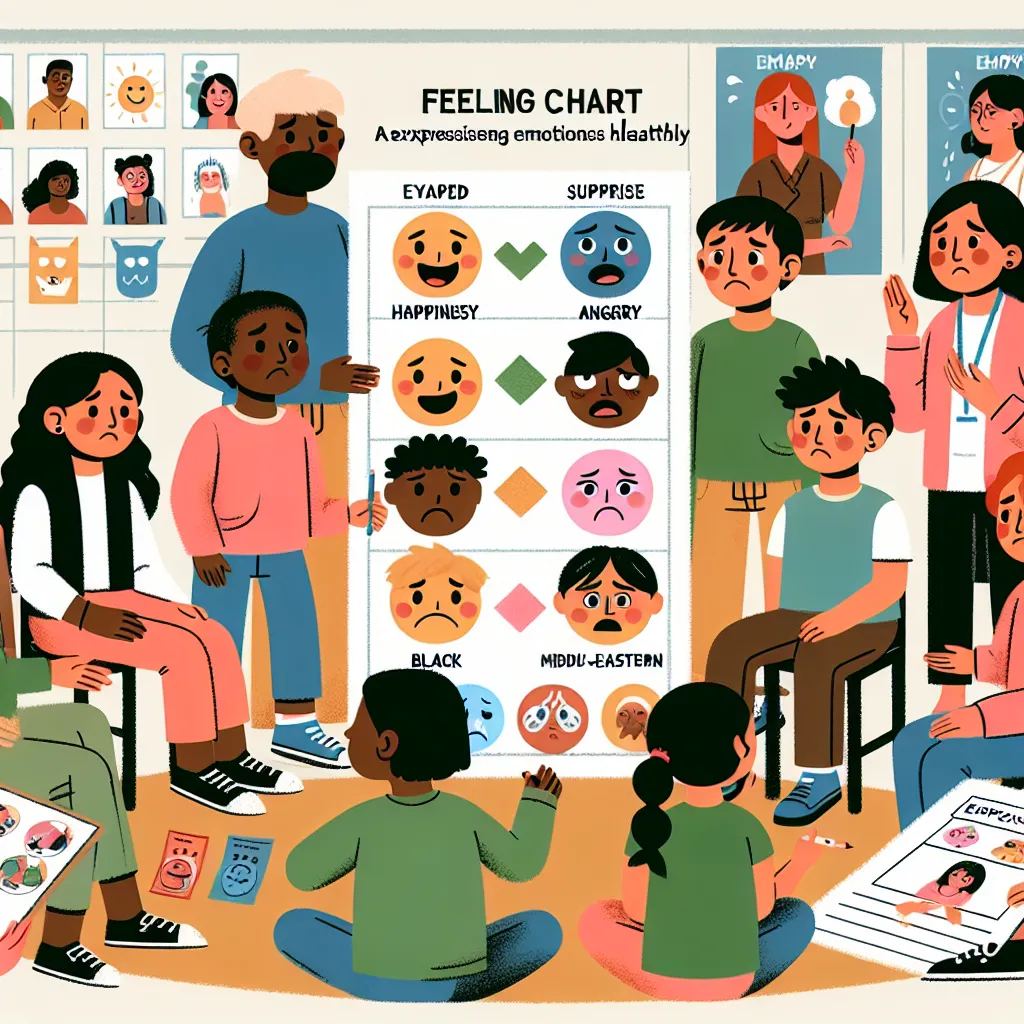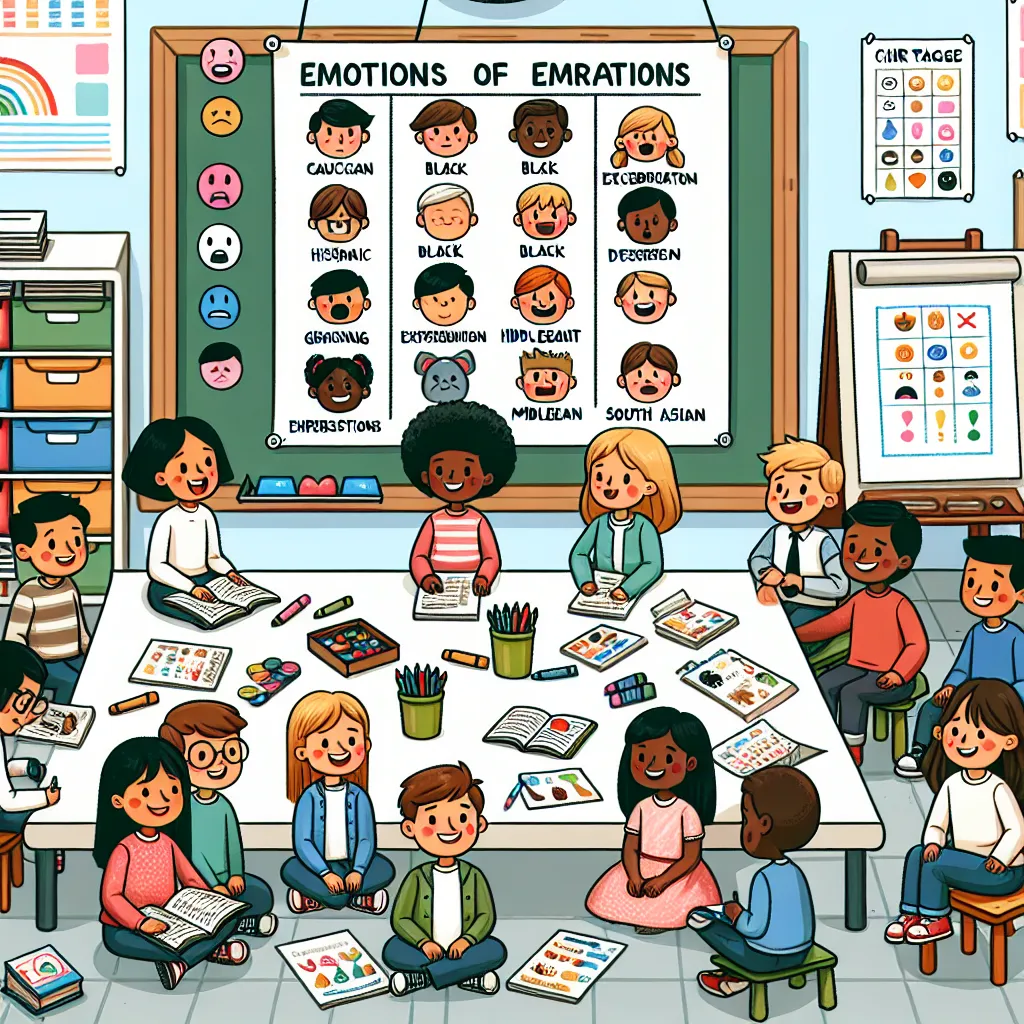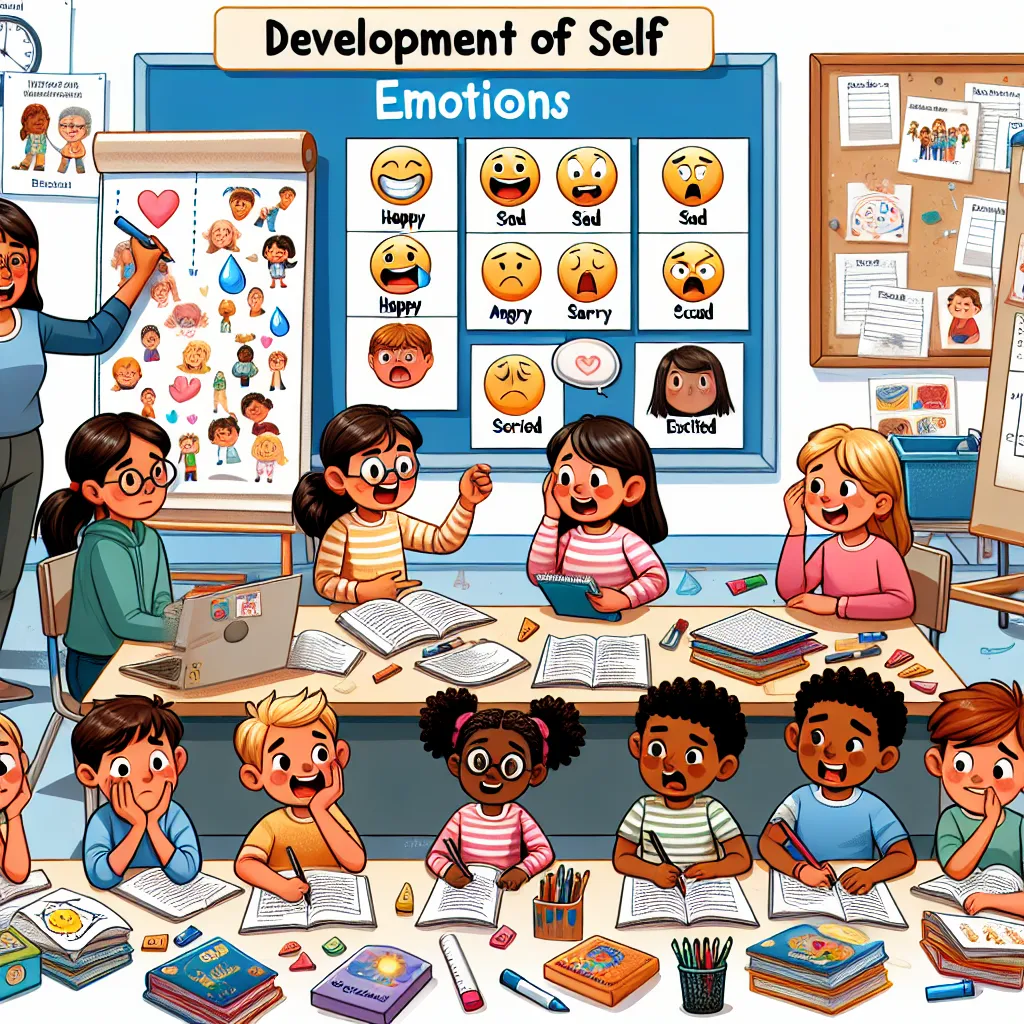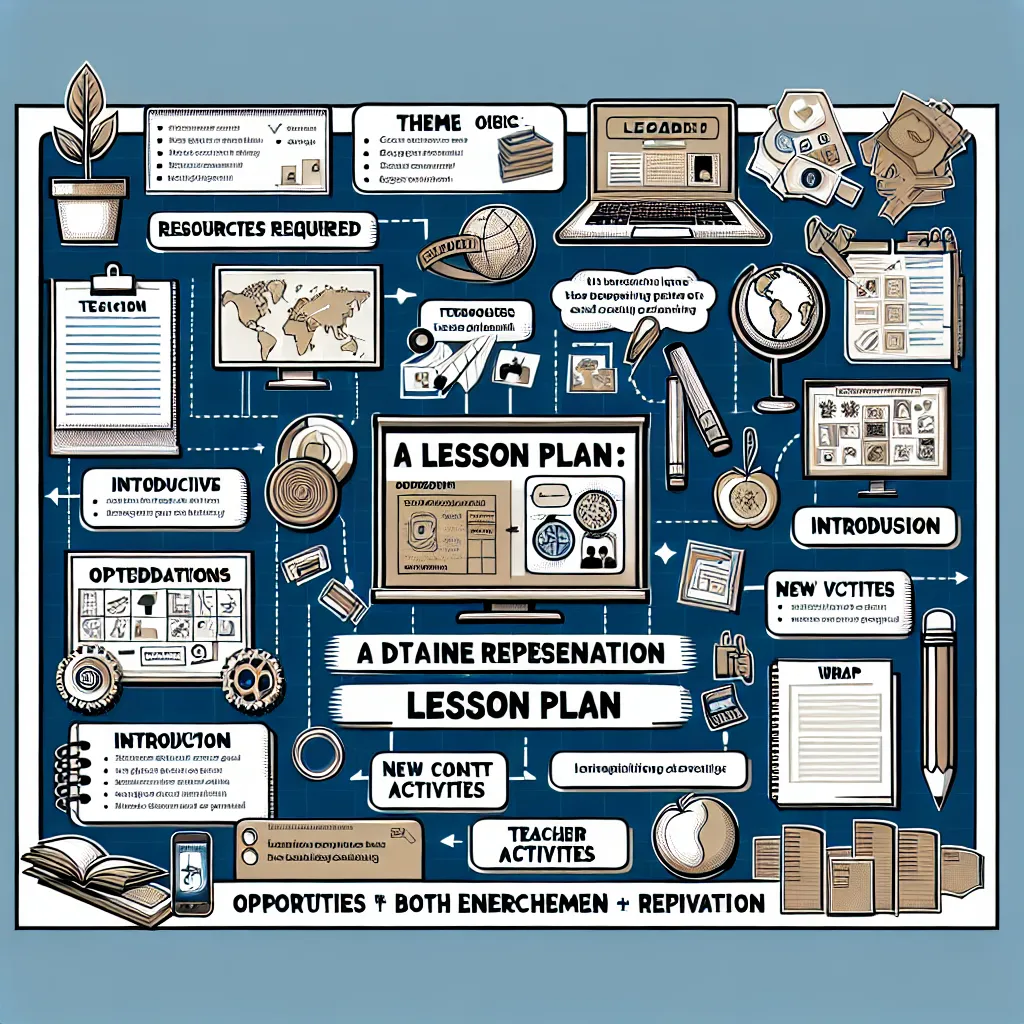Ask AI on The Internet
Question: Please create a lesson plan for Grade 4. topic: development of self. sub-topic: emotions. please have an introduction, development and consolidation phase of the topic. Please use the following lesson aims: Lesson aims (on different cognitive levels) At the end of the lesson the learner should be able to: Understand different types of emotions. Express emotions in an appropriate way. Understand and consider other people’s emotions. Understand their own emotions.
### Lesson Plan: Development of Self - Emotions (Grade 4) #### Lesson Aims: By the end of this lesson, students should be able to: 1. Understand different types of emotions. 2. Express emotions in an appropriate way. 3. Understand and consider other people’s emotions. 4. Understand their own emotions. --- ### Introduction (10 minutes) **1. Greeting and Warm-up Activity:** - Begin with a friendly greeting and ask students how they are feeling today. Encourage them to use descriptive words about their emotions. - Quick warm-up game: "Emotion Charades." Pick a few students to act out emotions like happiness, sadness, anger, and excitement without using words, and have the rest of the class guess the emotion. **2. Introduction to the Topic:** - Explain that today's lesson is about understanding emotions, how we express them, and how we can understand both our own emotions and those of others. - Share an interesting fact or a quote about emotions to spark interest. --- ### Development (30 minutes) **1. Understanding Different Types of Emotions (10 minutes):** - Show pictures or use visual aids with different facial expressions. - Discuss basic emotions: happiness, sadness, anger, fear, surprise, and disgust. - Interactive activity: "Emotion Circle." Pass a ball around the circle, and whoever receives it has to name an emotion and describe a time they felt that way. **2. Expressing Emotions in an Appropriate Way (10 minutes):** - Discuss why it's important to express emotions appropriately. - Role-playing activity: Present scenarios (e.g., a friend broke your toy, you won a prize) and have students act out both appropriate and inappropriate ways to express emotions. - Reflect as a group on the role-playing exercise. **3. Understanding and Considering Other People's Emotions (5 minutes):** - Discuss the concept of empathy. Explain how understanding other people's emotions helps us to be good friends and classmates. - Pair activity: Have students pair up and share how they might feel in given scenarios, then share how empathy helps them understand each other better. **4. Understanding Their Own Emotions (5 minutes):** - Guided self-reflection: Ask students to close their eyes and think about how they are feeling right now and why they might be feeling that way. - Hand out "Emotion Journals" where students can write about their feelings and what might have caused them. --- ### Consolidation (10 minutes) **1. Interactive Review:** - Quick quiz: Ask students to identify different emotions based on scenarios you describe. - Group discussion: Discuss why understanding emotions is important in everyday life. **2. Class Activity: “Emotion Collage”:** - Provide magazines, papers, scissors, and glue. - Have students create a collage that represents different emotions. They can draw, cut, and paste pictures or words that represent various feelings. **3. Conclusion:** - Recap the key points of the lesson. - Ask students to share what they found most interesting or useful. - Assign a small homework task: Encourage students to keep an emotion diary for one week, noting one emotion they felt each day and what caused it. **4. Closing Activity:** - End the lesson with a calming activity, such as deep breathing exercises or a short mindfulness meditation to help students process what they’ve learned. --- **Materials Needed:** - Pictures or visual aids of facial expressions - Ball for the "Emotion Circle" - Cards with scenarios for role-playing - "Emotion Journals" or blank notebooks - Magazines, paper, scissors, and glue for the collage activity ### Teacher's Notes: - Monitor the classroom for students who might have difficulty expressing or understanding emotions and provide additional support as needed. - Encourage an inclusive and respectful classroom environment where students feel safe sharing their emotions. This lesson plan aims to build emotional awareness and empathy, crucial components of social-emotional learning.
Think your answer is better than the AI's? Post it below.
Question Tags
If you want your question answered by an AI, click here.







Post your own comment: